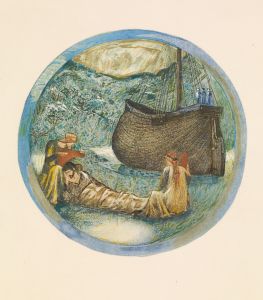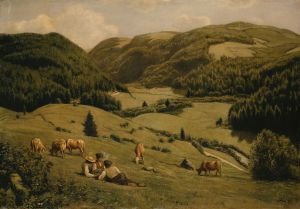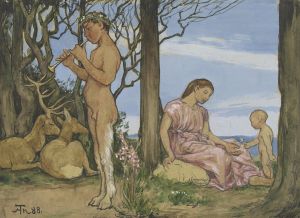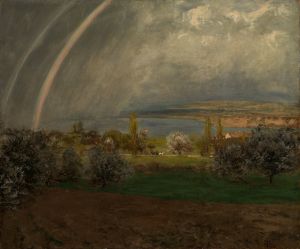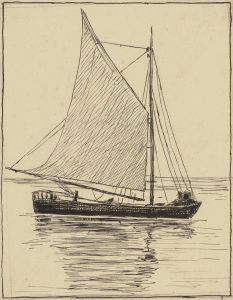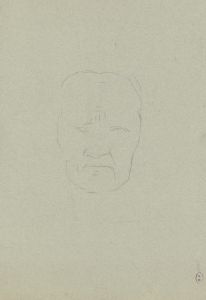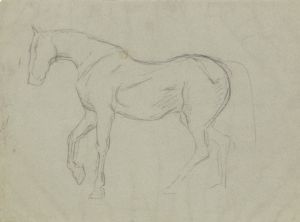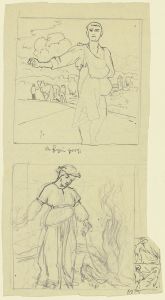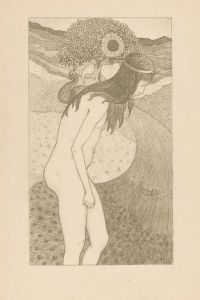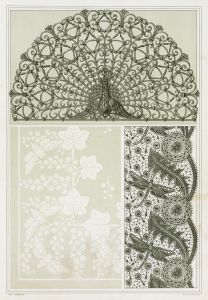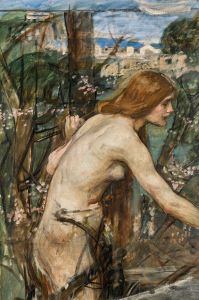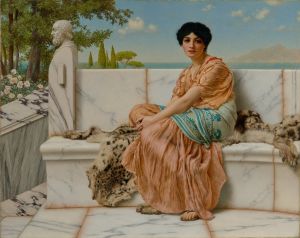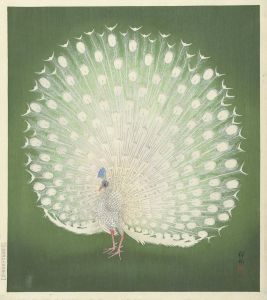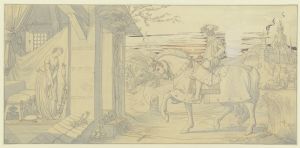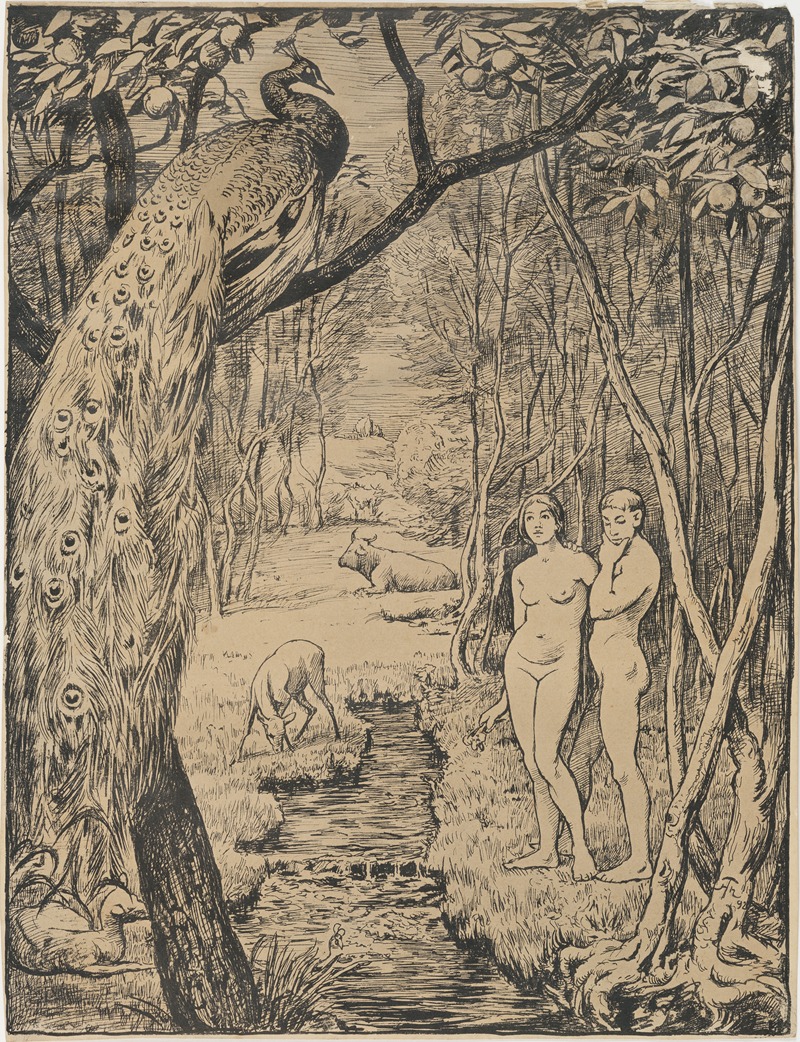
Paradise
A hand-painted replica of Hans Thoma’s masterpiece Paradise, meticulously crafted by professional artists to capture the true essence of the original. Each piece is created with museum-quality canvas and rare mineral pigments, carefully painted by experienced artists with delicate brushstrokes and rich, layered colors to perfectly recreate the texture of the original artwork. Unlike machine-printed reproductions, this hand-painted version brings the painting to life, infused with the artist’s emotions and skill in every stroke. Whether for personal collection or home decoration, it instantly elevates the artistic atmosphere of any space.
Hans Thoma's painting Paradise is a notable work by the German artist, created in 1897. Thoma, born in 1839 in Bernau in the Black Forest, was a prominent figure in 19th-century German art, known for his landscapes, portraits, and allegorical works. His style often blended elements of Romanticism, Symbolism, and Realism, reflecting his deep connection to nature and his interest in mythological and spiritual themes.
Paradise is one of Thoma's most celebrated works, showcasing his ability to merge idyllic natural settings with symbolic and allegorical content. The painting depicts a serene and harmonious scene, often interpreted as an idealized vision of paradise. It features lush greenery, flowing water, and a group of figures, including children and animals, engaging in peaceful activities. The composition emphasizes a sense of unity between humans, animals, and nature, evoking a timeless and utopian atmosphere.
Thoma's use of color and detail in Paradise highlights his skill as a painter. The vibrant yet harmonious palette and meticulous attention to natural elements, such as trees, flowers, and water, create a vivid and immersive depiction of an unspoiled, Eden-like world. The figures in the painting are rendered with a sense of innocence and simplicity, reinforcing the theme of purity and harmony.
The painting reflects Thoma's broader artistic philosophy, which often sought to convey a sense of spiritual and emotional connection to the natural world. His works were influenced by his upbringing in the Black Forest, as well as his exposure to the works of earlier masters such as Albrecht Dürer and the Nazarene movement. Thoma's art was also shaped by his personal beliefs and his desire to create works that resonated with universal human experiences.
Paradise is housed in the Städel Museum in Frankfurt, Germany, where it remains a significant part of the museum's collection. The painting continues to be appreciated for its technical mastery and its ability to evoke a sense of peace and wonder. Hans Thoma's work, including Paradise, holds an important place in the history of German art, bridging the gap between traditional and modern artistic movements of the 19th century.





